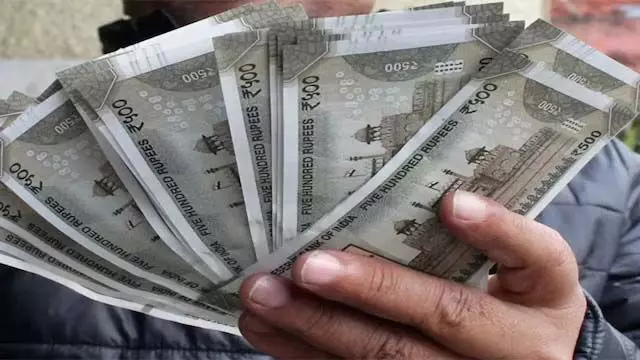New Delhi: To put India’s economic position in context, it is useful to look at how other global giants have fared after reaching similar GDP milestones.
In 2008, China crossed the $4 trillion mark. At the time, its per capita income was around $3,500. What followed was a decade of rapid economic transformation: massive infrastructure investments, a booming export sector and social reforms that lifted millions out of poverty. Today, China’s per capita income is over $12,000, a more than threefold increase in 15 years.
Japan considers new policies for offshore wind farm sector
The United States hit the $4 trillion GDP mark much earlier, in 1987. At the time, its per capita income was already around $17,000. The US built its wealth on innovation, a mature services sector and cutting-edge technology. In the decades since, its per capita income has risen to over $65,000.
Where does India stand?
India today finds itself at a crossroads. While the economy has surpassed $4 trillion in absolute terms, per capita income hovers around $2,800 to $2,900. Critics argue that this disconnect underscores the uneven nature of growth. Yet, current statistics also reflect a dramatic improvement: in 2004, India’s per capita income was a mere $620. A nearly fivefold increase in two decades reflects a steadily rising economic tide.
Economic milestones can ring hollow if they don’t show up in people’s pockets. But history shows that this moment can be a stepping stone, not a dead end. China’s own journey shows that reaching $4 trillion is less of a culmination and more of a launchpad, provided the right policy mix is in place.
India has its own unique advantages. A young and dynamic population offers a powerful demographic dividend. The digital economy is expanding rapidly, and India’s role in the global supply chain is growing, especially as companies seek alternatives to China. These are powerful engines of future growth.
India will need a coherent, long-term economic approach to translate GDP figures into real prosperity. Investments in infrastructure, education and healthcare, as well as an emphasis on inclusive growth, will be crucial. Social stability and scalable policies, as adopted by China, can help transform economic momentum
